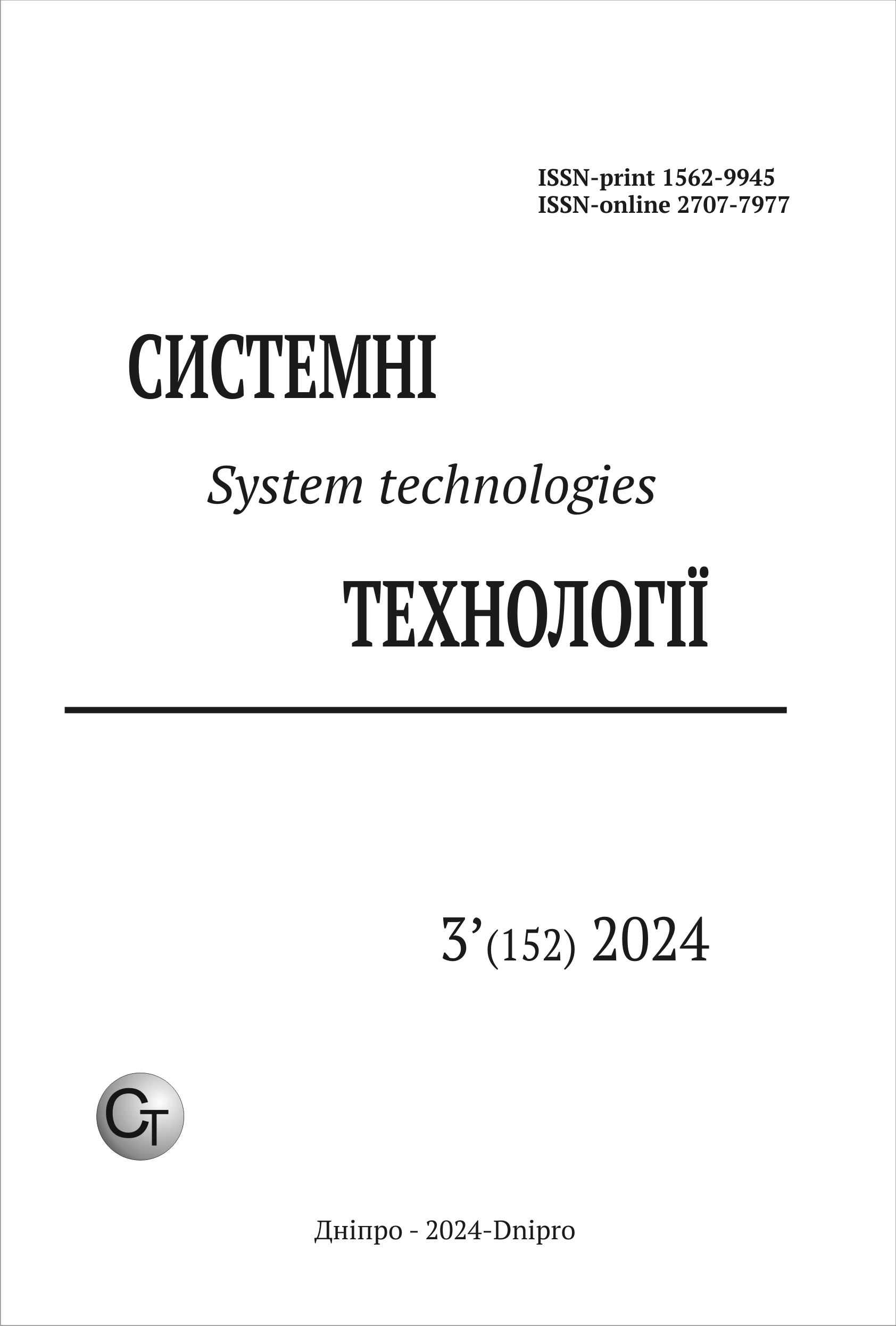ЕКСПЕРИМЕНТАЛЬНА МЕТОДИКА ВИЗНАЧЕННЯ ШВИДКОСТІ ГОРІННЯ ТВЕРДОГО РАКЕТНОГО ПАЛИВА З ЕЛЕКТРОПРОВІДНИМИ ПРОДУКТАМИ РЕАКЦІЇ В ПРИЛАДІ ПОСТІЙНОГО ТИСКУ
DOI:
https://doi.org/10.34185/1562-9945-3-152-2024-02Ключові слова:
тверде паливо, швидкість горіння, електропровідність, експериментальна методика.Анотація
Актуальність тематики даної роботи визначається необхідністю створення науково-інформаційної бази процесу горіння твердих ракетних палив, що розробляються для перспективних ракетних двигунів. Мета роботи – розробка методики визначення швидкості горіння твердого ракетного палива з мінімальними похибками, обумовленими надлишковим утворенням електропровідних продуктів реакції в експе-риментальному приладі. Розроблено експериментальну методику вимірювання швид-кості горіння твердого ракетного палива з електропровідними продуктами реакції в приладі постійного тиску (бомбі Кроуфорда). Відпрацювання методики проведено на зразках твердопаливних композицій на основі нітрату калію. Методика може бути використана при визначенні швидкості горіння високоенергетичних матеріалів з над-лишковим утворенням електропровідних продуктів реакції в експериментальних при-ладах постійного тиску.
Посилання
Fundamentals of the theory and design of RDTP / Gabrynets V.O., Horbenko G.A., Humnytskyi V.P., Jur E.O., Kuchma L.D., Pron L.V. – Dnipropetrovsk : ART-PRESS, 2004. – 200 p.
J.M. Munoz Tejeda, Nicolas de Jong, Guillermo Reales Gutierrez, David Moreno Lopez, Maria Gonzalez Rodriguez, Javier Revilla Veleda. Literature studies and ex-perimental characterization of multiple solid propellant regression rates using Craw-ford bomb method / 71th International Astonautical Congress. 2020. – 9 p.
Gupta G., Jawale L., Mehilal, Bhattacharya B. Various methods for the determination of the burning rates of solid propellants - an overview // Central European Journal of Energetic Materials. – 2015. – 12(3). – P.593 – 620.
Zarko V.E. and Kuo K.K. Critical review of methods for regression rate measurements of condensed phase systems // International Journal of Energetic Materials and Chemical Propulsion. – 1994. – Vol. 3, № 1-6. – P. 600 – 623.
Strand L. D., Magiawala K. R., and McNamara R. P. Microwave measurement of solid-propellant pressure-coupled response function // J. Spacecraft. – 1980. – Vol. 17, № 6. P. 483 – 488.
Foss D.T., Roby R.J., and O’Brien W. F. Development of dual-frequency microwave burn-rate measurement system for solid rocket propellant // J. Propulsion and Power. 1993. V. 9, N 4.
Gaurav Marothiya, Ramakrishna Periyapatna. Effect of mechanical activation of high specific surface area aluminium with PTFE on composite solid propellant // Combustion and Flame. – 2016. – Vol. 166. – P. 203 – 215.
Завантаження
Опубліковано
Номер
Розділ
Ліцензія
Авторське право (c) 2024 Системні технології

Ця робота ліцензується відповідно до ліцензії Creative Commons Attribution 4.0 International License.















